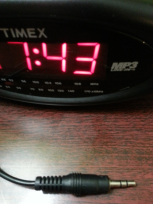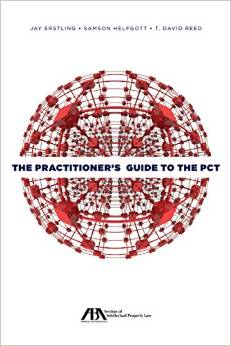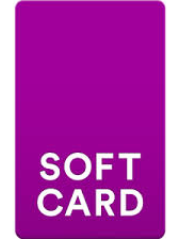(See followup article here.)
These days my notebook computer is absolutely mission critical for me. If my notebook computer were to fail and if it were to take some days to get it repaired, the loss of use of the computer for those days would be a really big problem. Fortunately, a few years ago I figured out how to reduce any service disruption due to a computer failure to just about zero.
Continue reading “How to minimize service disruption with a notebook computer”



